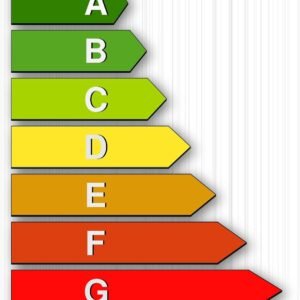Are you looking to cut down on your utility bills and save some money each month? Then it’s time to adopt some energy-efficient habits at home. By making a few simple changes to your daily routines and overall energy consumption, you can significantly reduce your utility expenses. In this article ‘Energy-Efficient Home Tips: Cut Utility Bills & Save Money’, we will explore some practical tips and techniques that will help you create a more energy-efficient home and ultimately lower your monthly bills. So, let’s get started on this journey towards a more sustainable and cost-effective living environment.
1. Heating and Cooling
Choosing the right thermostat
When it comes to heating and cooling your home efficiently, choosing the right thermostat is crucial. Consider investing in a programmable or smart thermostat that allows you to set different temperature levels for different times of the day. This way, you can adjust the temperature based on when you will be out of the house or when you are sleeping. By avoiding unnecessary heating or cooling, you can significantly reduce your energy consumption and save on your utility bills.
Setting the temperature wisely
To further optimize your heating and cooling, it’s important to set the temperature wisely. During the winter months, aim to keep your thermostat set to a comfortable yet energy-efficient temperature, such as around 68 degrees Fahrenheit (20 degrees Celsius). When it’s warm outside, setting your thermostat to 78 degrees Fahrenheit (25 degrees Celsius) can help reduce energy usage. Remember that every degree difference on your thermostat can have a notable impact on your utility bills, so finding the right balance is essential.
Insulating the home
Proper insulation is vital for maintaining a comfortable temperature inside your home and minimizing the need for excessive heating or cooling. Insulate your walls, floors, and attic to reduce heat transfer and prevent air leaks. Consider upgrading your windows with double-pane or energy-efficient options to further improve insulation. By sealing any gaps and cracks, you can create a more efficient and environmentally friendly living space while also saving on utility bills.
2. Lighting
Using energy-efficient bulbs
One of the easiest and most effective ways to reduce energy consumption in your home is by switching to energy-efficient light bulbs. Replace traditional incandescent bulbs with compact fluorescent lamps (CFLs) or light-emitting diodes (LEDs) which use significantly less energy and can last much longer. While these bulbs may have a slightly higher upfront cost, their energy savings and longer lifespan make them a cost-effective choice in the long run.
Maximizing natural light
Take advantage of natural light as much as possible. During the day, open curtains and blinds to let natural light illuminate your home instead of relying on artificial lighting. When designing or arranging your living space, consider furniture placement to maximize natural light distribution. Not only will this help reduce energy usage, but it will also create a welcoming and pleasant atmosphere in your home.
Turning off lights when not in use
A simple yet effective habit to adopt is turning off lights when you leave a room. Many of us tend to forget about leaving lights on, especially in areas we don’t regularly use. Get into the habit of switching off lights when you exit a room to conserve energy and save on your utility bills. Consider installing motion-sensor or occupancy-sensor switches in areas with frequent foot traffic so that lights automatically turn off when no one is present.
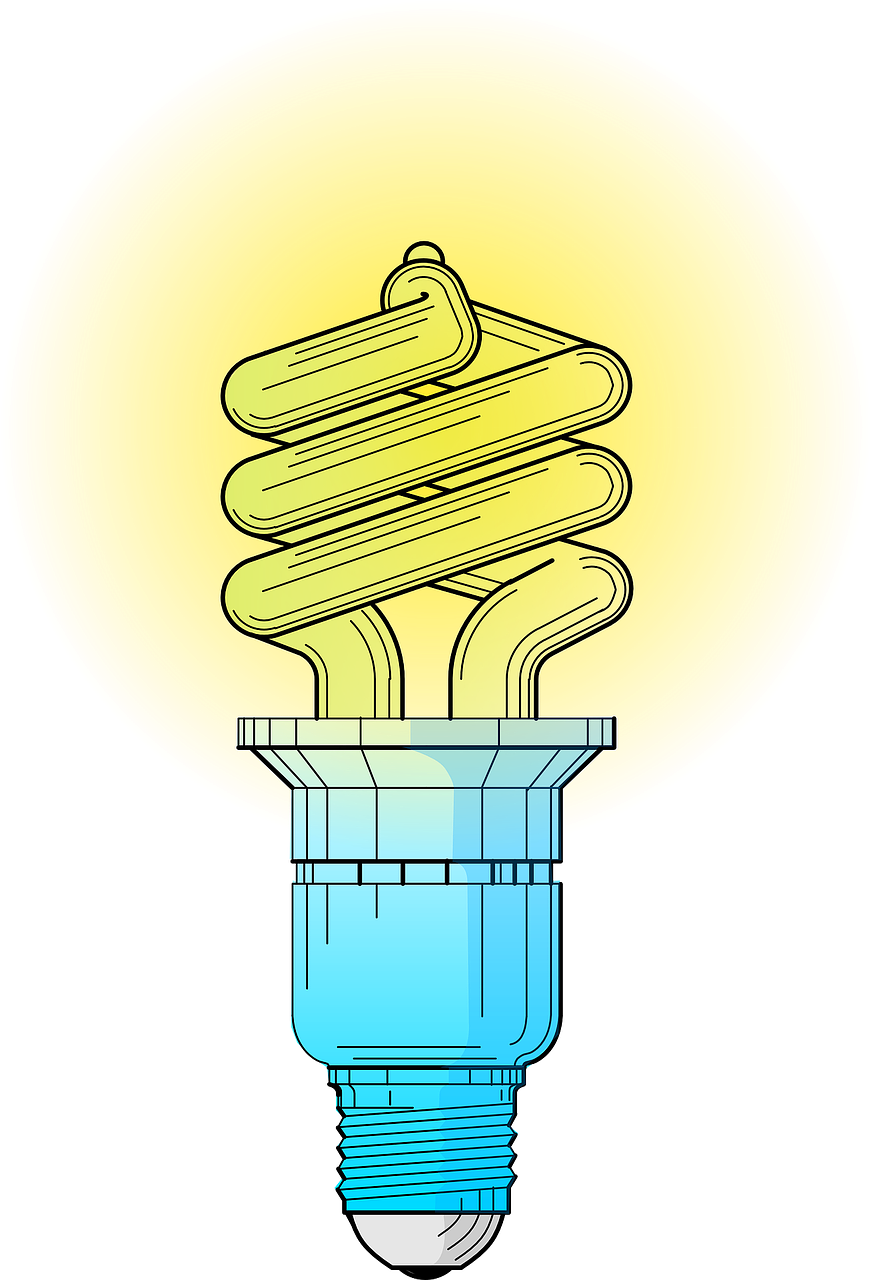
3. Appliances
Investing in energy-efficient appliances
Replacing old, energy-guzzling appliances with energy-efficient models can significantly reduce your home’s energy consumption. Look for appliances that are ENERGY STAR certified, as they have been tested and proven to meet rigorous energy efficiency standards. Upgrading your refrigerator, dishwasher, washing machine, and other major appliances can lead to noticeable energy savings over time.
Using power strips
Did you know that even when electronic devices are turned off, they continue to draw power? This is known as standby power or “vampire power.” Using power strips can help combat this issue by allowing you to easily switch off multiple devices at once. Plug your computer, television, gaming consoles, and other electronics into power strips, and when they are not in use, flip the switch to cut off their power supply completely.
Unplugging unused electronics
In addition to using power strips, it’s a good idea to unplug electronic devices when they are not in use for an extended period. Many devices, such as phone chargers, laptops, and small kitchen appliances, still consume energy even when not actively in use if they are plugged into an outlet. By getting into the habit of unplugging these devices, you can eliminate their standby power consumption and further reduce your energy usage.
4. Water Usage
Installing low-flow fixtures
Conserving water is not only essential for the environment but can also contribute to reducing your utility bills. Installing low-flow fixtures, such as aerated showerheads and faucets, can significantly reduce water consumption without compromising water pressure. These fixtures mix air with the water stream, providing a satisfying shower or tap experience while using less water.
Fixing leaks promptly
Leaky faucets, toilets, and pipes can waste a significant amount of water over time. Even a small, barely noticeable leak can have a notable impact on your utility bills. Regularly inspect your plumbing fixtures and promptly repair any leaks to avoid unnecessary water wastage and the associated costs.
Optimizing laundry and dishwasher usage
When it comes to washing clothes and dishes, optimizing your usage can lead to energy and water savings. Wait until you have a full load before running your washing machine or dishwasher to maximize their efficiency. If you need to wash smaller loads, adjust the water levels accordingly to avoid using excess water. Furthermore, consider using cold water for laundry whenever possible, as it significantly reduces energy consumption.
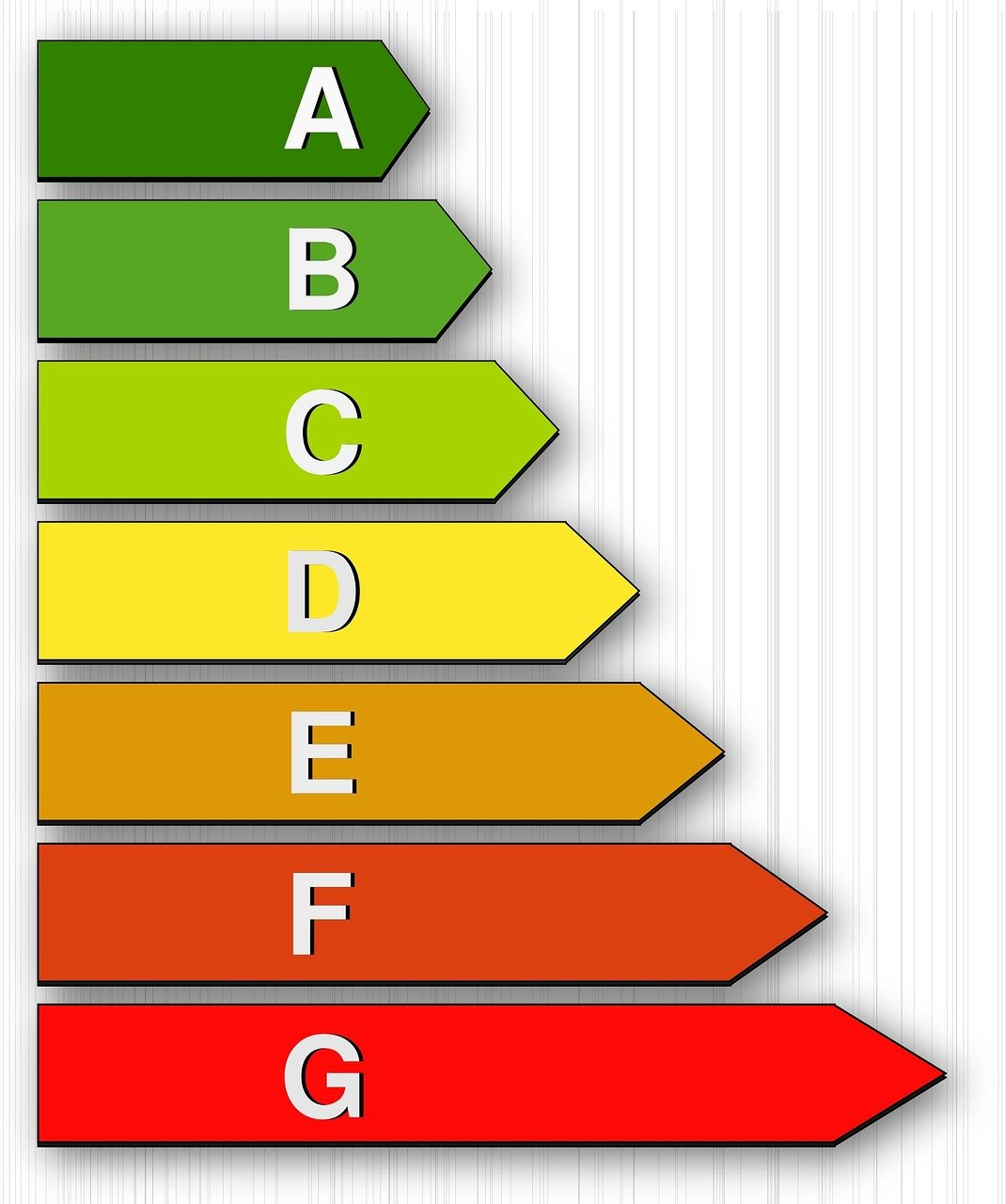
5. Insulation and Ventilation
Sealing air leaks
Air leaks can significantly decrease the energy efficiency of your home and cause drafts, leading to higher heating or cooling costs. Inspect your windows, doors, and any other potential areas for air leaks. Use weatherstripping, caulking, or other sealing methods to close any gaps or cracks that allow air to escape. Properly sealing your home can enhance comfort, reduce energy waste, and ultimately save you money on your utility bills.
Properly insulating the attic
Heat loss through the attic can be a major source of energy inefficiency. Insulating your attic properly can prevent warm air from escaping during the winter and hot air from entering during the summer. Consider adding insulation with a high R-value, and ensure it is evenly distributed throughout the attic area. This will help maintain a more consistent temperature inside the home and reduce the strain on your heating and cooling systems.
Using ventilation wisely
Proper ventilation is essential for maintaining good air quality and preventing excess moisture build-up. Use bathroom and kitchen exhaust fans to remove steam and odors, but be mindful of turning them off when they are no longer needed to avoid unnecessary energy consumption. Additionally, opening windows strategically during cooler hours of the day can help promote natural airflow and reduce the need for artificial cooling.
6. Energy Audits
Performing a home energy audit
Conducting a home energy audit can provide valuable insights into your energy usage and areas where improvements can be made. You can perform a DIY audit by inspecting your home’s insulation, appliances, and usage habits. Look for obvious issues, such as gaps in insulation or outdated appliances, and make note of areas where energy-saving measures can be implemented.
Hiring a professional auditor
For a more thorough assessment, consider hiring a professional energy auditor. These experts will evaluate your home’s energy efficiency, identify potential problem areas, and provide recommendations tailored to your specific needs. While there is a cost involved, a professional energy audit can offer detailed insights and solutions that may lead to significant long-term energy and cost savings.
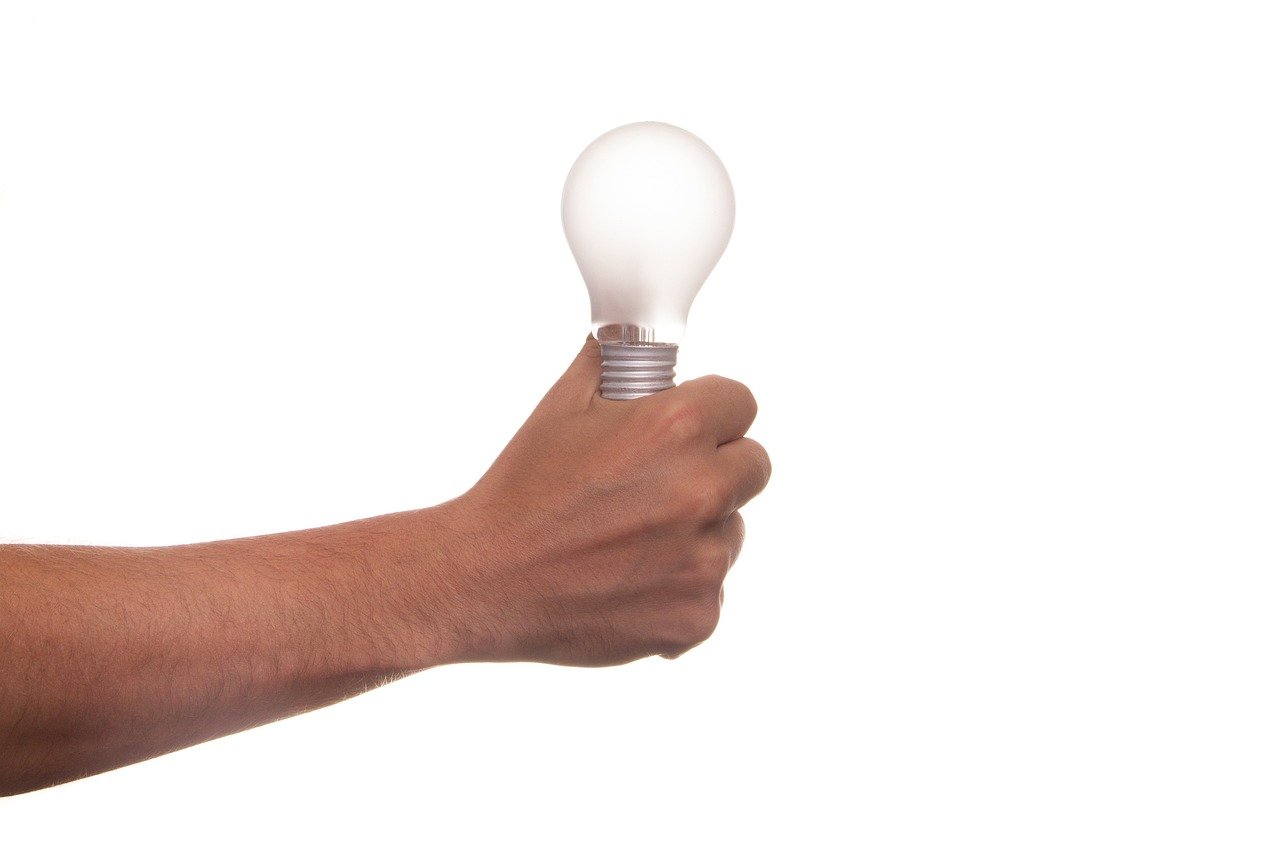
7. Renewable Energy
Exploring renewable energy options
Reducing your dependence on fossil fuels and transitioning to renewable energy sources is a great way to make a significant environmental and financial impact. Explore renewable energy options such as solar, wind, or geothermal systems, and consider their feasibility for your home. Research local incentives and rebates that may be available to support the installation of renewable energy systems.
Installing solar panels
Solar energy is a particularly popular and accessible form of renewable energy for homeowners. By installing solar panels on your roof or in your yard, you can harness the power of the sun to generate electricity for your home. Solar panels not only reduce your carbon footprint but can also lead to long-term savings as you generate your own clean energy and potentially sell any excess back to the grid.
8. Energy-Efficient Landscaping
Planting shade trees
Strategically planting shade trees around your home can help reduce the amount of direct sunlight that enters your living spaces during hot summer months. By providing natural shade, trees can help lower the temperature inside your home, reducing the need for air conditioning and saving energy.
Using native plants
When landscaping your yard, consider using native plants that are well-suited to your region’s climate and soil conditions. Native plants typically require less water, fertilizer, and maintenance, making them more sustainable and energy-efficient choices. These plants have adapted to the local environment, reducing the need for excessive watering or chemical treatments.
Creating natural windbreaks
If you live in an area with strong winds, creating natural windbreaks can help shield your home from excessive airflow and reduce the strain on your heating or cooling system. Planting dense shrubs or installing fences can act as barriers, redirecting wind currents and minimizing their impact on your home’s energy efficiency.
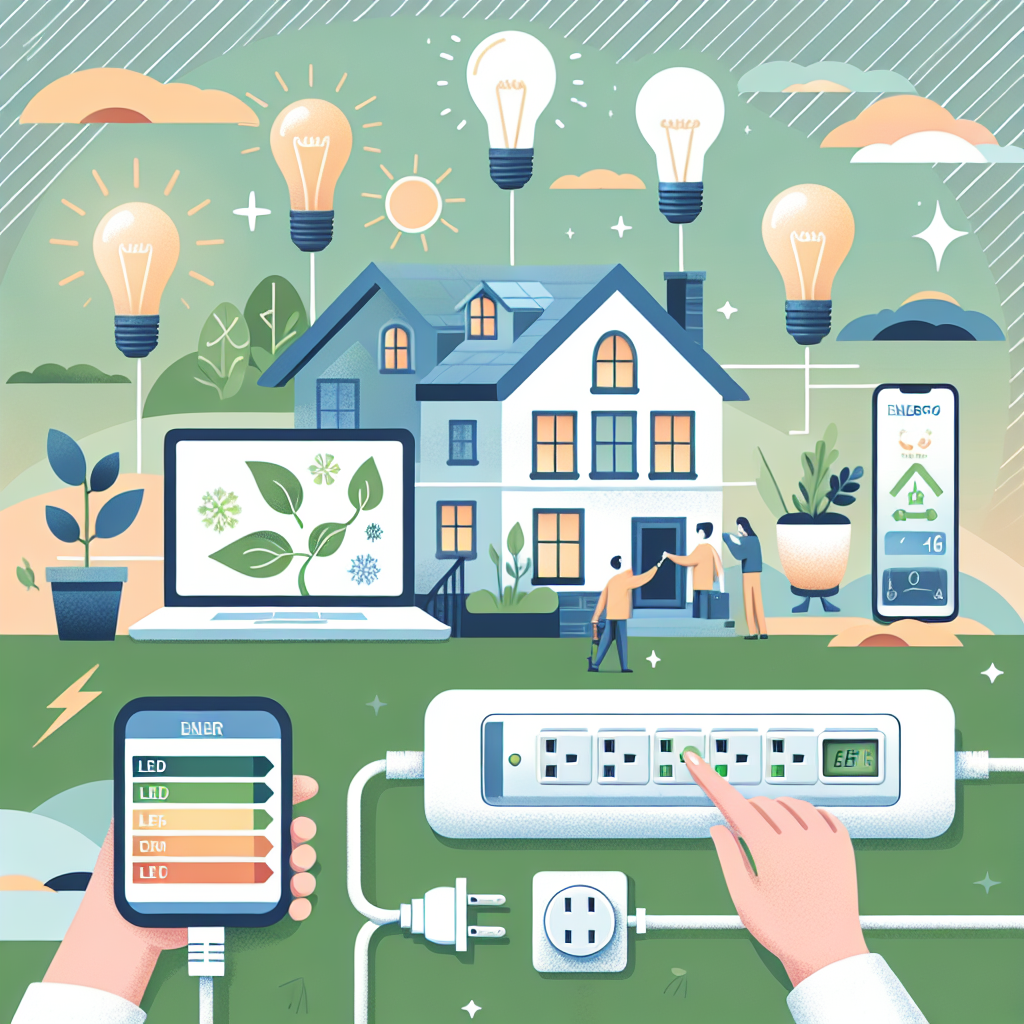
9. Smart Home Technology
Using smart thermostats and appliances
Take advantage of smart home technology to optimize your energy usage. Smart thermostats can learn your habits and adjust the temperature accordingly, ensuring energy is only consumed when needed. Smart appliances, such as refrigerators or washing machines, can be programmed to run during off-peak hours when electricity demand is lower. By leveraging these technologies, you can make your home more energy-efficient without sacrificing comfort or convenience.
Automating energy-saving routines
Many smart home systems allow you to automate energy-saving routines. For example, you can schedule lights to turn off automatically when you leave the house or set your smart thermostat to adjust the temperature according to your daily routine. By automating these energy-saving habits, you can ensure that your home is always optimized for efficiency, even when you’re not actively thinking about it.
10. Energy-Efficient Habits
Adjusting habits for energy conservation
Implementing energy-efficient habits into your daily routine is key to reducing your utility bills. Simple actions such as turning off lights when leaving a room, unplugging electronics when not in use, and using natural ventilation whenever possible can make a significant difference. Get into the habit of practicing these small yet impactful actions, and encourage your household members to do the same.
Avoiding standby power
Standby power or vampire power refers to the energy consumed by devices that are plugged in but turned off. Avoid this unnecessary energy waste by unplugging electronics or using power strips to cut off the power supply completely. By reducing standby power, you can save on your energy consumption and lower your utility bills.
Utilizing natural ventilation
Maximize natural ventilation in your home to reduce reliance on mechanical cooling and air conditioning systems. Open windows strategically to allow fresh air to circulate, especially during cooler hours of the day or when there is a pleasant breeze outside. Using natural ventilation can not only save energy but also create a healthier indoor environment.
By implementing these energy-efficient habits and making some simple adjustments to your lifestyle, you can significantly reduce your utility bills while contributing to a more sustainable future. Choose the practices that are most feasible and impactful for your household and start enjoying the benefits of a more energy-conscious and cost-effective home.

